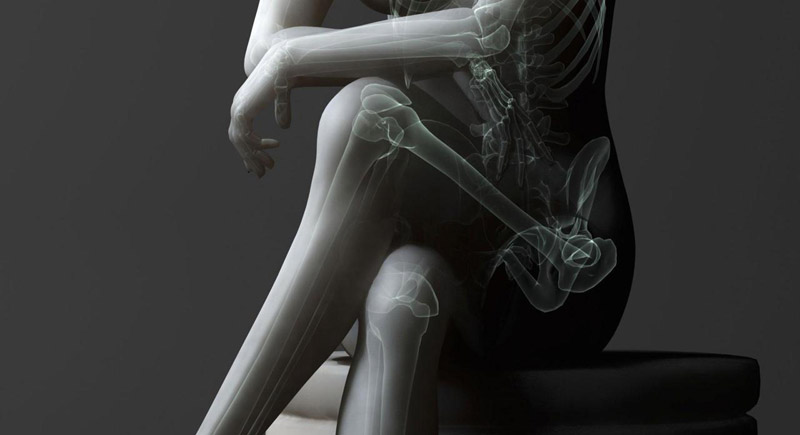
To cross your legs at the knee while sitting is something that is very common for many of us. However, you might have second thoughts when you want to sit cross-legged again, as recent research shows that crossing of the legs can be harmful.
This position is elegant and sexy, and often associated with being ’’feminine’’ and ’’ladylike.’’ We’ve gotten used to crossing our legs without thinking, but not too many of us know that it can have some serious consequences for our health and bodies. We decided to share some valuable information about this posture with you, so that you’ll be well informed and know how to prevent circulation problems with one simple move.
Although this woman for many people probably looks attractive thanks to the way she’s sitting here, this is what can happen to your body if you spend too much time with one knee crossed over the other:
- Maintaining a particular posture for hours can lead to a condition called peroneal nerve paralysis or palsy. This can also happen if you sit in the same position for prolonged periods of time. It turns out that the position that is most likely to cause the peroneal nerve palsy is the cross-legged position.
- In 2010, various studies proved that when you sit for a long time with your legs crossed, the blood pressure in your body increases. Even if you don’t have any problems with your blood pressure, avoiding sitting in this position can help you live a healthier life and prevent further circulatory disorders.

One of the reasons for this is that when you put one knee over the other, it sends blood from the legs up to the chest, resulting in a larger quantity of blood being pumped out of the heart, which in turn increases your blood pressure. Another possible explanation is that blood pressure rises because isometric exercise of the leg muscles (exercise when your joints don’t move and muscles don’t change in length) increases the resistance to the blood flow. That is why crossing your legs at the ankles doesn’t have the same effect as when you cross one leg over the other.

- This position can also lead to pelvic imbalance. Prolonged leg-crossing eventually makes the inner thigh muscle shorter and the outer thigh muscle longer, and puts your joints at risk of moving out of place.
- The habit of sitting with your legs crossed increases your chances of developing ’spider veins’. Although the biggest contributing factor to varicose veins is your genes, frequent crossing of the legs can lead to inflammation of the compressed veins. There are tiny valves in the blood vessels, that prevent blood from flowing in the wrong direction. When your legs are crossed, the pressure on your veins increases and impedes your blood flow, causing the vessels to narrow and weaken and allowing the back flow of blood. This can cause pooling of blood in the legs and make your veins swell.
Finally, a study found that sitting with the legs crossed for longer than three hours per day may result in a person developing a stooped posture, lower back and neck pains, and discomfort in their hips.

Now that we provided you with some food for thought, you might consider ditching the habit entirely, to avoid the short and long-term health risks and just make sure you uncross your legs next time you catch yourself doing so!




Leave a Reply